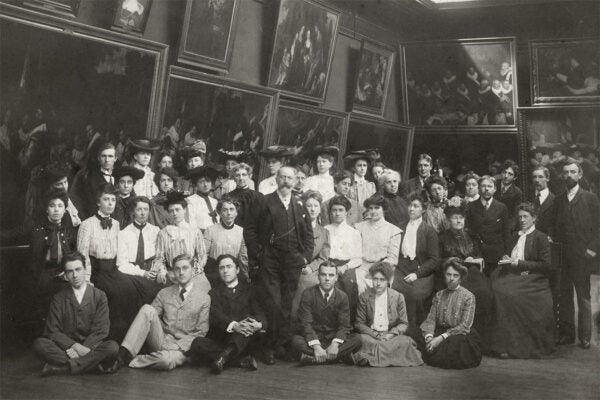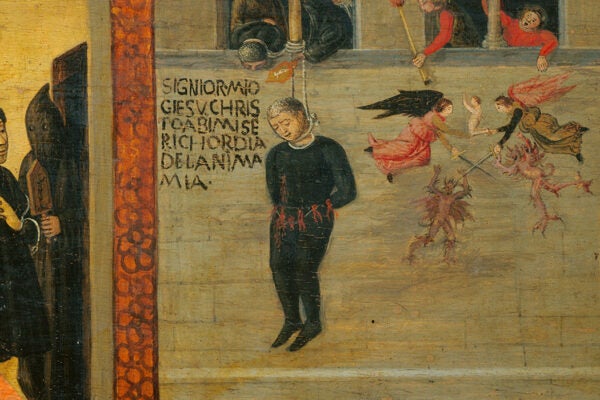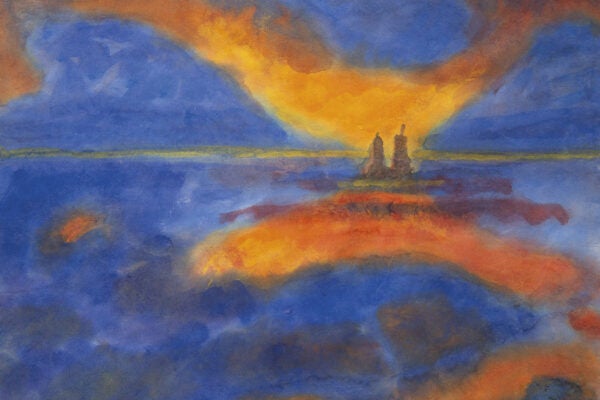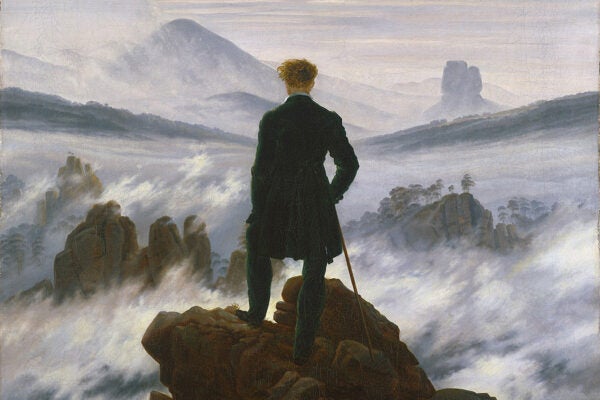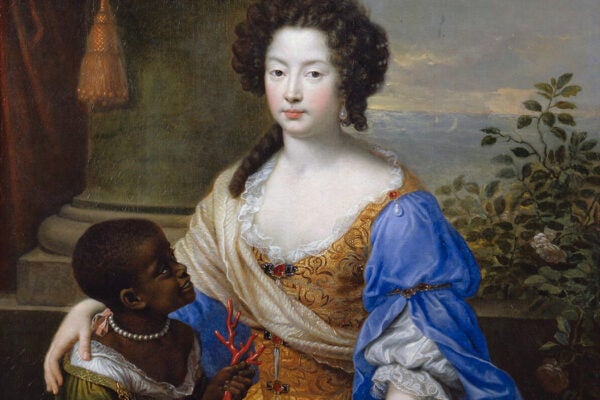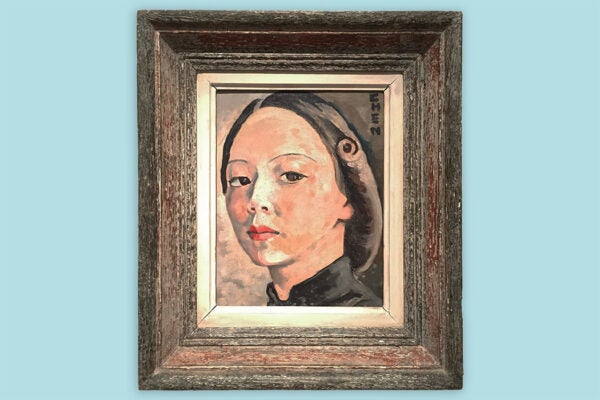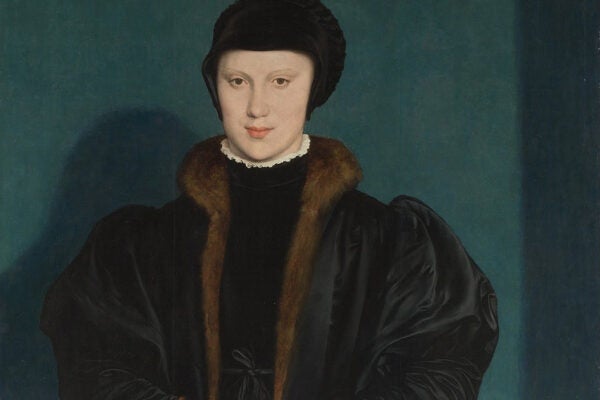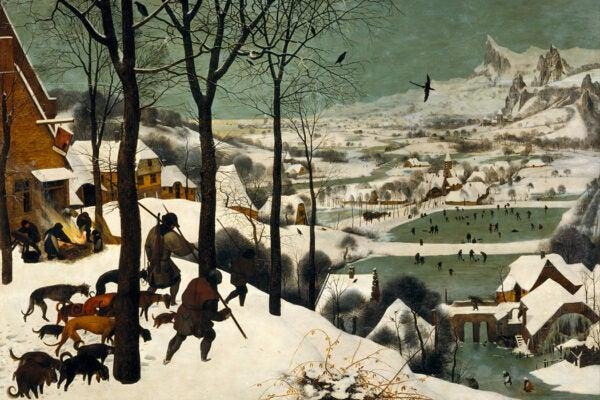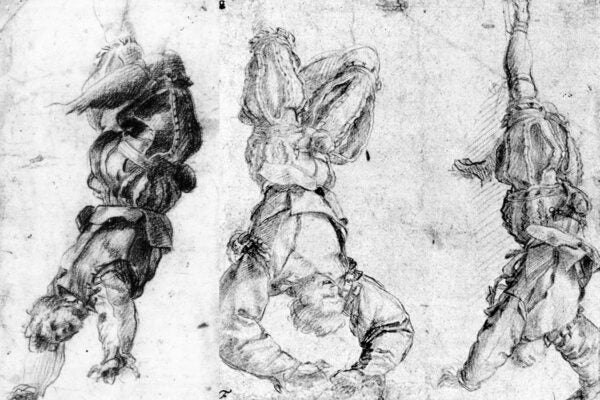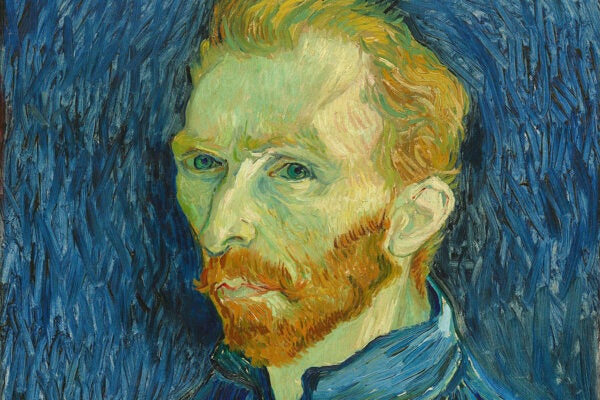William Merritt Chase, the Accidental Ally
Painter William Merritt Chase opened an art school for a new generation of women, teaching them how to draw as well as how to advocate for themselves.
Tavolette: Paintings to Comfort the Condemned
Charged with saving the immortal souls of the condemned, comforters held tavolette showing the Crucifixion in front of the eyes of those facing execution.
How a Postwar German Literary Classic Helped Eclipse Painter Emil Nolde’s Relationship to Nazism
While Nolde was one of the many victims of the Third Reich’s repressive responses to “degenerate art,” he was also one of Nazism’s great admirers.
The Case of Caspar David Friedrich
Born 250 years ago, Friedrich reimagined landscape painting by portraying the vastness of nature as a setting for profound spiritual and emotional encounters.
Painting Race
The construction and expression of race by skin color literally became visible in Western art in the eighteenth century.
The Genius of Georgette Chen
Little known outside of Singapore and Malaysia, Georgette Chen was an iconic artist of the Nanyang Style.
Picturing Christina of Denmark
Christina of Milan, Duchess of Milan, used an unusual tool to avoid becoming one of Henry VIII's unfortunate wives—the royal portrait.
The Climate Canvasses of the Little Ice Age
Low Country artists of the late Renaissance and Early Baroque eras captured the happiness and hardships of snowy winters—an ever rarer phenomenon now.
Punitive Portraits of the Renaissance
The Italian legal tradition called for the public display of a humiliating—but recognizable—portrait of the disgraced person.
Why We Connect with Vincent van Gogh’s Paintings
Van Gogh was a troubled soul and master painter who relied on his emotions and color to create art that continues to attract millions of viewers.
